ReadWriteWeb Mistaken for Facebook Login — Hilarity Ensues
The time our website is mistaken for the Facebook login page by thousands of people. Also, Marshall becomes coeditor of RWW and I attend Web 2.0 Expo 2010.
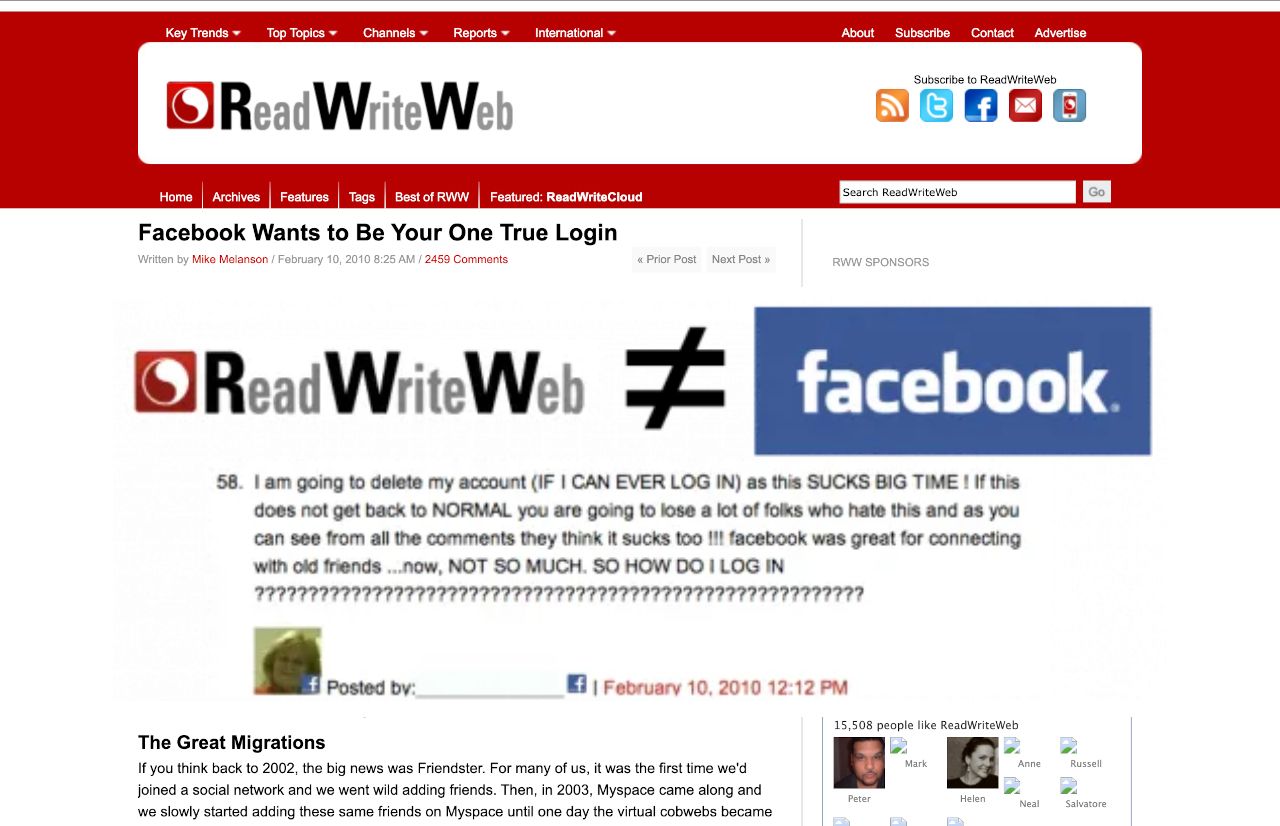
As internet culture continued to go mainstream over 2010, sometimes we at ReadWriteWeb got caught in the crosshairs. In February, our website was hilariously mistaken for the Facebook login page by thousands of people. We’d published a post entitled “Facebook Wants to Be Your One True Login.” It was a news analysis piece written by Mike Melanson about a partnership between Facebook and AOL. In typical RWW fashion, Mike had placed this news into the context of a broader, more important trend: Facebook’s API being increasingly used as a login on third-party websites (such as AOL or RWW). The article was a compelling read for our core audience of techies, but it quickly began getting an unusual number of comments from what looked like ordinary, non-technical people.
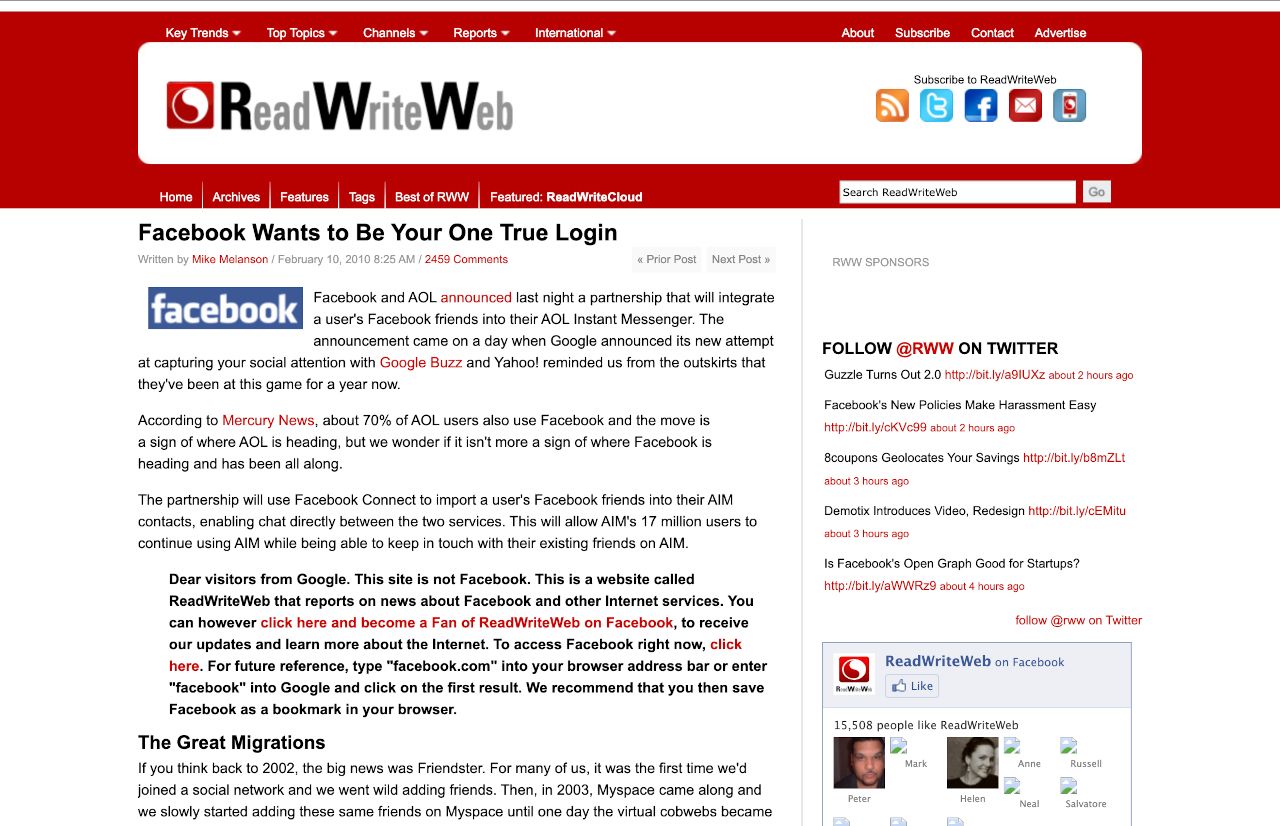
Hundreds of comments poured in over the first day. “ok cool now can I get to facebook,” wrote one of the first of them. “The new facebook sucks> NOW LET ME IN,” wrote another “when can we log in?,” “just want to get on facebook,” “Just let me in please,” “I WANT THE OLD FAFEBOOK BACK THIS SHIT IS WACK!!!!!”—on and on these types of comments rolled in.
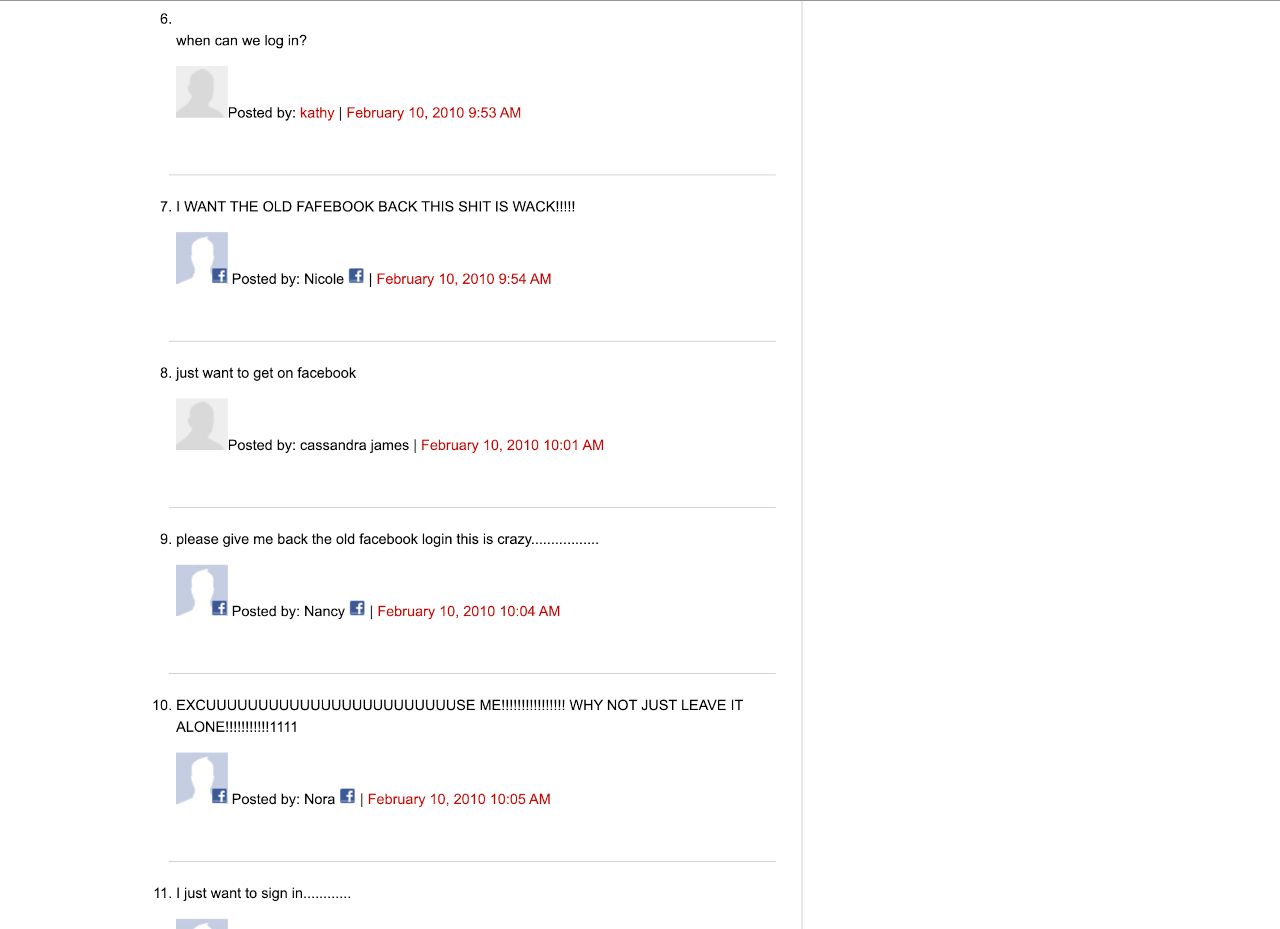
At first, we were perplexed by this, until we realized that people were trying to log in to Facebook on our site! Like other blogs, we’d recently introduced the option of leaving a comment on RWW by using your Facebook ID to verify yourself. The people who were commenting on this post were doing just that, except they were expecting to be taken to their Facebook news feeds. Their comments were an expression of their confusion and frustration over finding themselves on a nerdy website with a red-and-white color scheme instead of the familiar Facebook blue and white.
In our Skype rooms, we discussed whether this might be a giant prank, perhaps perpetrated by a Digg or Reddit sub-community. But then we looked more closely at the source of all the traffic: it was coming from Google and via the search phrase Facebook login. We investigated more and discovered that a Google search result for that phrase put our article near the top (there were a couple of results above us, but neither was in English). The actual Facebook login page was further down the Google results page, below our article! People had gone to Google search, typed in Facebook login, and clicked the first English-language result they saw.
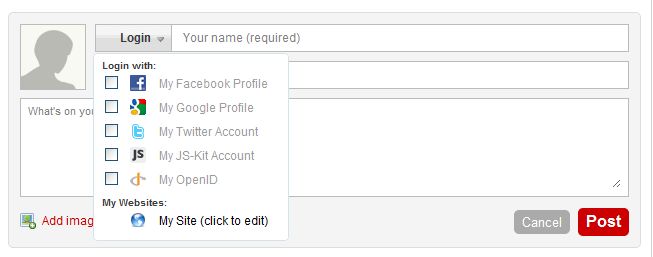
We decided to add a message to our article, to let people know about the mix-up: “Dear visitors from Google. This site is not Facebook. This is a website called ReadWriteWeb that reports on news about Facebook and other Internet services. You can however click here and become a Fan of ReadWriteWeb on Facebook, to receive our updates and learn more about the Internet. To access Facebook right now, click here. For future reference, type ‘facebook.com’ into your browser address bar or enter ‘facebook’ into Google and click on the first result. We recommend that you then save Facebook as a bookmark in your browser.”
While this situation was funny and even become a social media meme that week, it was also a reminder that the web was now very much mainstream—and that platforms like Facebook and Google needed to do better in their user experience design. Anyone could’ve made the same mistake that the thousands of commenters on our site had done. “Laugh all you want about ReadWriteWeb, but two weeks ago I watched a 35 year-old friend with a PhD go to Facebook by googling ‘facebook login,’” wrote MetaFilter founder Matt Haughey on Twitter.
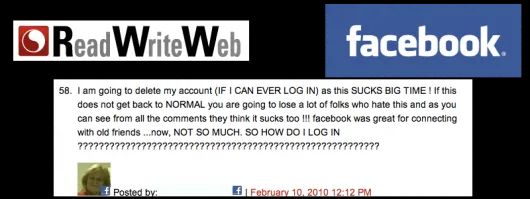
This was the web in a nutshell in 2010: still controlled by Silicon Valley geeks, but increasingly the scene of a vast cultural shift. It wasn’t just bloggers writing to the web now—it was everybody.
Coeditors
In mid-April 2010, I decided to make a change in our management duties. Marshall would become coeditor, alongside me. After seven years of RWW, this was the first time someone other than me would share the title of editor.
There were several reasons for this decision. First and foremost was to strengthen our news business. Following the Web 2.0 news cycle had never been my main interest, whereas it was something that competitors like Mike Arrington and Pete Cashmore reveled in. Marshall was much more of a newshound than me, so I wanted him to take over that aspect of our daily coverage. It would allow me to focus on leading the feature and channel writers and to double down on RWW’s reputation as the thinking person’s tech blog.
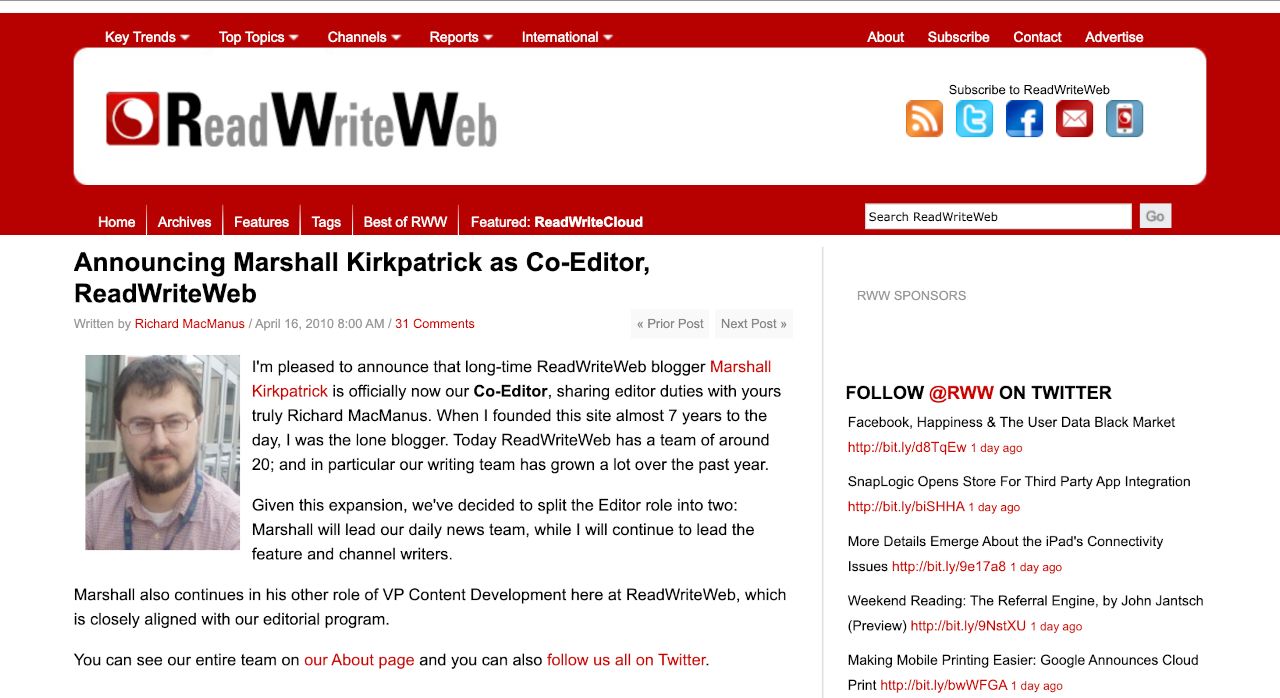
Another reason for the change was to take some of the editorial workload off me, allowing me more time to work with Sean on business growth and strategy. By this point, RWW had a team of around twenty; in particular, our writing team had grown significantly over the past year. So it made sense to share at least some of the editorial responsibilities, especially if I wanted to continue attending to business matters.
Finally, I wanted to de-emphasize the premium reports, which had been Marshall’s project. We’d done two reports over the past year, but neither had earned enough revenue. I felt it was better to put the resources we’d been devoting to reports (mostly Marshall’s time) back into the blog. I also thought it would allow Marshall to focus his other role, as VP content development, into initiatives for the website—for example, I had always been keen to develop topic pages.
The goal driving all this, as ever, was to increase page views. While we still wanted to diversify our revenue—we hoped to make money from our next event, for example—the bulk of the company’s revenue came from CPM advertising, a combination of our monthly sponsors and the display advertisements provided by FM Publishing. More page views meant the ability to nudge up the price of the monthly sponsor packages (the CPM rate would remain the same). Meanwhile, FM Publishing told us they had no shortage of ads to supply us—and the more of their ads we ran, the more we earned.
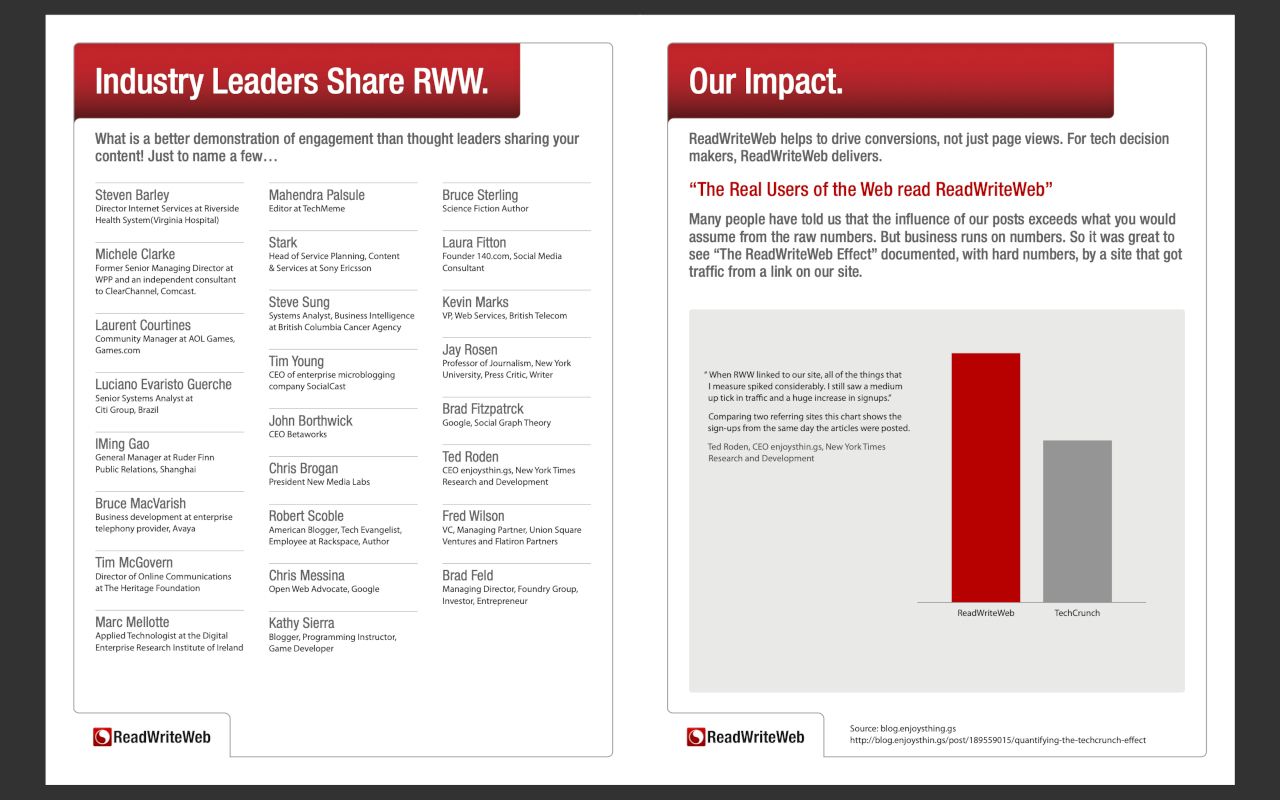
Our tax year ran till the end of March, and for the 2010 financial year just ended, we’d hit the $1 million revenue mark for the first time. I still had ambitions to eventually sell the business, and in order to do that we’d need to continue growing in revenue. Some of our competitors had to demonstrate strong annual revenue growth to satisfy their VC shareholders. I didn’t have that kind of pressure, since RWW was entirely bootstrapped, but even so I wanted to be able to go back to the likes of TechWeb and ZDE in a year or two and show off an impressive EBITDA growth rate.
Looking back on it as I write this, I regret not giving more consideration to the option of treating RWW as a lifestyle business. I was making an excellent personal income from the blog and providing employment to around twenty other people; there was no immediate danger of this changing. I recall discussing the lifestyle-business scenario with Sean several times back then—I think he felt a moral responsibility to remind me of it on occasion. But every time, I dismissed the option. Something was driving me to continue growing the business every year, and I couldn’t see past that as a goal.
I’m a quietly competitive person, and so I enjoyed measuring our success and influence against big hitters like TechCrunch, Mashable, and GigaOm. The prestige of running one of the top ten or fifteen blogs in the world was another driver—I didn’t want us to slip back down the Technorati charts. And growing by a factor of two or five every year was just what was expected of tech or media startups at this time. Related to that was my wish to hold onto Sean and Marshall, my two key employees. Both were ambitious people—Sean’s career goal was to become a VC, while Marshall keenly wanted to be part of a startup success story. I felt that neither would want to work for a lifestyle blog, so I’d most likely lose their services if I chose to go that route.
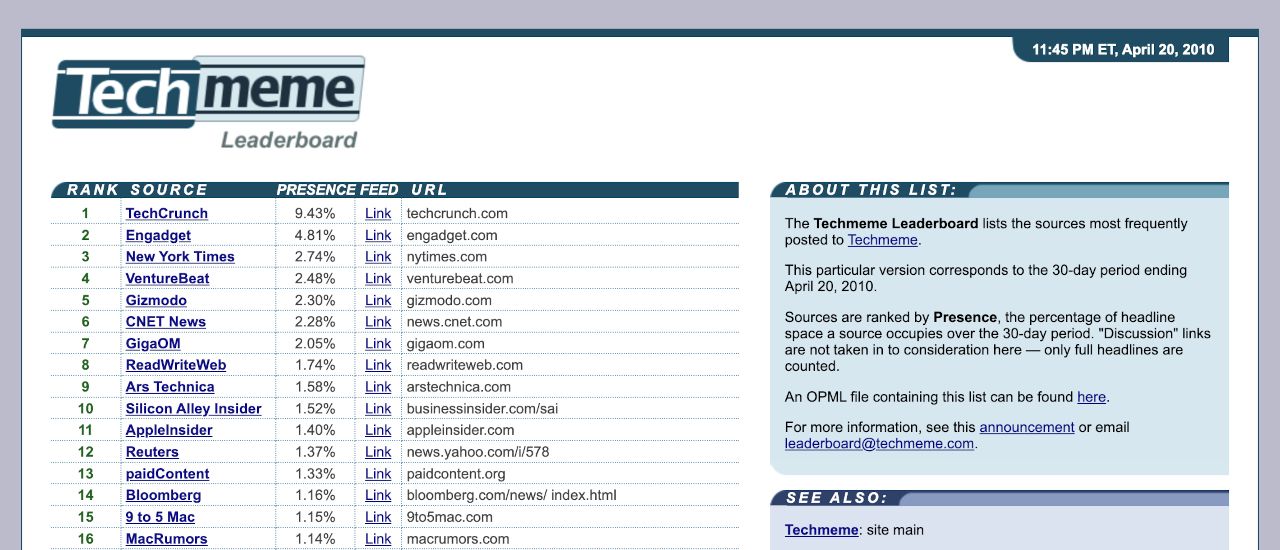
I had my own personal reasons to chase growth, too. To reach a divorce settlement with my ex-wife, I’d either need to sell the business or raise VC money to pay her out—and both relied on revenue growth. Her lawyers had specifically rejected the option of me giving her an ongoing equity stake in the business. It had been made clear that, one way or another, I’d have to give her a large sum of money.
So for all the above reasons, I didn’t view RWW as a lifestyle business. More’s the pity, as running a tech blog was a life I enjoyed. Despite the daily business pressures, I felt I was born to be a tech blogger, and I wanted to continue doing it.
Web 2.0 Expo 2010
In early May I flew over to San Francisco once again. My plan was to attend the Web 2.0 Expo during the first week, followed by our own event on Friday, May 7—the ReadWriteWeb Mobile Summit. We were basically repeating the formula of October’s Real-Time Web unconference—same Mountain View venue and similar audience numbers, just a different topic. The following week, Sean and I would fly to New York to attend something called Creative Week, in which RWW was a media partner.
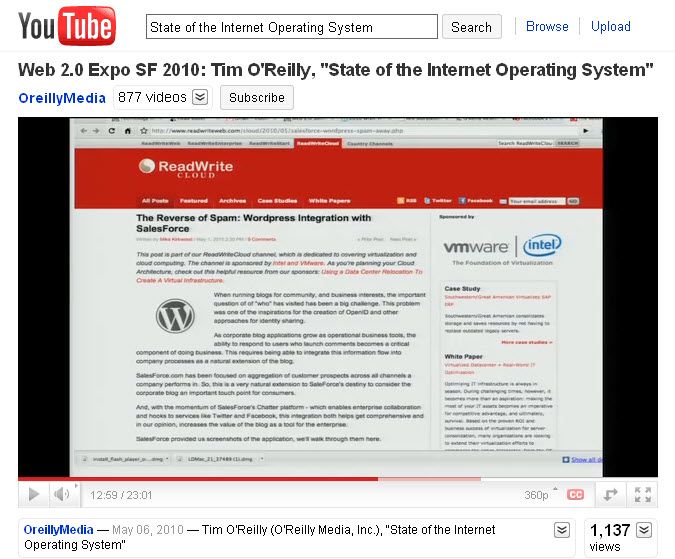
I arrived in San Francisco on Sunday, May 2, and the following evening attended the latest Ignite meetup, held at the Mezzanine on Jessie Street. Brady Forrest had come up with the format several years ago: each speaker had five minutes to talk on a subject accompanied by twenty slides, automatically advanced every fifteen seconds. I always found them fast-moving and fun, and on this evening, it was also a good excuse to catch up with my old kiwi blogger friend Phil Pearson.
By this point, Phil was doing what I had so far failed to achieve—he was living and working in America. He was a developer for Ning, Marc Andreessen’s social networking product, and seemed to be having fun as a single man on the Silicon Valley dating circuit. I didn’t necessarily think I could emulate Phil in the latter department, since he was younger than me and looked like Don Draper from the TV show Mad Men. But I enjoyed hearing all about his social life in San Francisco and wished, once again, that I could live here too.

After Ignite, Phil and I met up with another industry friend of mine, David “Lenny” Lenehan, from Sligo in Ireland. I’d gotten to know Lenny on previous trips to the States via his friendship with Fergus Burns—the Irish entrepreneur I’d met back in 2005 on my first US trip. Lenny was the developer of an online-poll product called PollDaddy, which we’d been using on RWW for several years, and had also written some articles for us. He was in some ways the opposite example to Phil of how I might live my life going forward: he was in a long-term relationship in Ireland but was able to travel regularly to the States for work.
I was torn between wanting to emulate Lenny’s lifestyle, except from New Zealand, or following Phil’s lead and trying to get a US working visa. Perhaps I could find a middle ground and live in Silicon Valley for a year, I reasoned, so that I’d still be available for my daughter after that year concluded. I didn’t come to any decisions that night, but I enjoyed catching up with Phil and Lenny over drinks.
I wasn’t especially looking forward to the Web 2.0 Expo that week. The schedule was uninspiring, and it was unlikely I’d discover any cool new startups on the trade-show floor, since the only startups that could afford it now were already well established and written about. I felt that the official Web 2.0 conferences had become too corporate, focusing less on startup innovation and more on the ever-increasing power of the big tech companies. Indeed, the very theme of the Web 2.0 Expo this year was the “Power of Platforms,” which was being positioned as “Helping business choose and leverage the right Web platforms for success.”
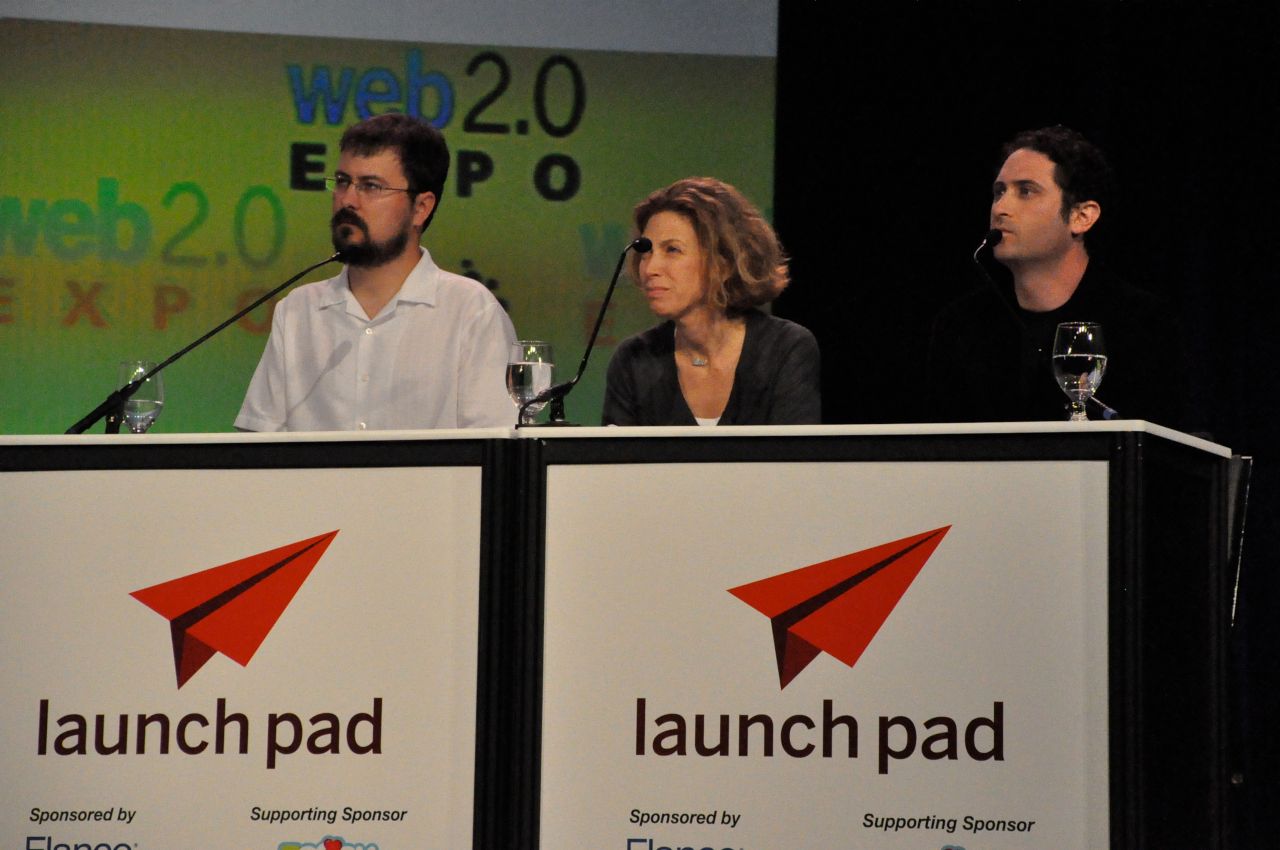
There was no doubt that platforms were in charge of Web 2.0 by this point. Facebook in social, Google in search, Amazon in cloud, Apple in smartphone apps, and a few other perennial contenders like Microsoft and Adobe—these were the companies bringing the web to the mass-consumer and enterprise markets. The latter was the audience that O’Reilly Media and TechWeb targeted now for their Web 2.0 events. Whereas at RWW, we still prided ourselves on focusing on entrepreneurs and developers...except of course when our website was mistaken for Facebook!
This post is part of my serialized book, Bubble Blog: From Outsider to Insider in Silicon Valley's Web 2.0 Revolution. View table of contents.
Next up: 049. Burbn to Instagram: The ReadWriteWeb Mobile Summit, May 2010
Buy the Book
My Web 2.0 memoir, Bubble Blog: From Outsider to Insider in Silicon Valley's Web 2.0 Revolution, is now available to purchase:
- Paperback, US$19.99: Amazon; Bookshop.org
- eBook, US$9.99: Amazon Kindle Store; Apple Books; Google Play
Or search for "Bubble Blog MacManus" on your local online bookstore.